Overloud Mark Studio 2 [Exciting, Deep] Review
Mark Studio 2 bests its forbearer, Mark Studio 1, by upping the anti from three amp heads and six cabinets to six amps and nine cabinets, respectively. A selection of six modelled close mics is on hand, as is a satisfying (virtual) midi-controllable pedal board layout. Also included in the booty are a couple of front (room) microphones. Polishing off the kit is a built-in precision tuner with optional output mute. All of this bass-a-licious-ness is presented in an easy to use, intuitive UI (User Interface) complete with a robust, simplified preset manager. A notable change, welcomed by all customers, is whenever a company *lowers* its prices, instead of raising them. This is just such a case in point – Mark Studio 2 offers more, and costs less, than its predecessor, coming in at only € 109/$129 (usd). Mark Studio 1 bore an exorbitant price tag of € 190 a few short years ago. Generous upgrade prices reduce that amount by no less than 40%, and during annual sales events, even more so. Having been a zealous admirer of IK Multimedia’s Amplitube "Ampeg" offerings since years, it took me a long time to even bother investigating Overloud’s Bass amp emulation – if it aint broke, don’t fix it, right? I’m embarrassed by my own neglect and oversight in this regard. The day came when I just couldn’t seem to produce the bass sound that I clearly heard in my head – the project I was working on wasn’t coming together properly at all. Then I was reminded: “Hey! There’s an NFR of Mark Studio 2 in the drawer of my reviewer’s bench, let’s hear what that sounds like.” What unfolded was reminiscent of a scene from one of those girlie Hallmark movies – I fell in love and caught the strains of an angelic choir, while undulating in a euphoric “Ah Ha” moment. It was immediately right there – that sound! Punchy, powerful, detailed and authoritative, without any hint of obnoxious boominess or rampant thud. Given that Mark Studio 2’s interface is sleek and easily navigated, it took me very little time to dial in a suitable bass amp sound. My J-Bass sprang to life and now seemed to be placed perfectly in the mix. Don’t get me wrong – there will always be projects yearning for that rock-proven "SVT" seasoning, but I’d learned an important lesson: it’s all about having different flavors in the studio pantry. Installation:
Visual Design & Functionality: Mark Studio 2 shows off a very user friendly, well-put-together interface. In keeping true to original Markbass® motif, the UI relaxes our eyes with rich charcoal and medium gray color tones, having appropriate mustard-y/amber accents to keep things lively looking. Pleasant, 3D-ish lighting and shading effects impresses one’s imagination that they’re working with top-notch gear in a refined studio environment. As one would expect, Manual brings up the user’s manual in your system’s default PDF viewer. Info does just that – displays the current software build, developer’s names, and et cetera. Lastly, the Help item engages contextual help/tips. Hovering your mouse cursor over each knob brings up a contextual help popup, describing exactly what the knob is for. Clicking on a knob displays that parameter’s present value, while ctrl + click resets it to its default value. The ‘weighting’ of each knob and slider is smooth and fluid, free of erratic, unwieldy jumps, allowing easy adjustments and velvety control. Mark Studio 2’s default screen highlights the amp heads, but when you hold your mouse cursor over the neatly tucked away pedal board, you’ll notice that the cursor changes to a magnifying glass. This indicates that you can simply click to zoom up the pedal board, exchanging its position and focus with the amp head. As you can see in the accompanying image below, a full featured preset manager is built-in, granting easy access to over 100 categorized factory presets, as well as permitting limitless user-created banks and presets. In the center block of the lower panel we find the aforementioned pedal board (or amp head, as the case may be), and a convenient tuner. Speaking of the pedal board, we have a tidy assortment of must-have effects processors specific to the bassist’s typical needs. From left to right you’ll find stomp boxes for octave shifting, envelope filtering, distortion, compression and chorus/flanging. All of the included effects sound very good, and are easy to tailor. Most of the production work that I’m involved in calls for more traditional studio bass parts so I tend to enlist the compressor and chorus (perhaps a hint of distortion), but not so much the more creative ones, such as the ‘Env-Filter’. That said, it all depends on which genre of music one is producing. If your EDM or Hip-Hop styled tracks need a dose of “Wah Bass”, or extreme sub frequencies, it’s super convenient to have FX on deck for those purposes.
Unfortunately, this lovely GUI may be lost on some since it was developed six years ago, with much smaller screen resolutions in mind. Thus it is well due to be revamped with a larger and resizable interface; much like Overloud did with their production of Mark Studio’s guitar oriented sibling, “TH3”.
Sound Quality: Pure, punchy bass delight! Although Overloud released Mark Studio 2 way back in 2012, it remains one of the best sounding bass amp emulations available. Honest-to-goodness, y’all, this suite of Markbass® bass amp emulations sounds great! Your bass’s notes remain focused, articulate and well represented. Even while colouring the tone with crunch and compression, your bass tracks sound alive and potent. Each amp head provides a unique tonal variation – perspicuous from its fellows. Nonetheless, all six amps share the sonic attributes that are definitively, Markbass®. Of the six, I find the “R 500” and “Little Mark” heads both produce the cleanest sounds, while “MoMark” is the punchiest and snappiest of the lot; albeit, MoMark has a little less “badda-bing, badda boom” on the low end. My personal favorite out of the collection is the TA-501 due to its even-tempered, clean, tube-like sound and built-in (variable) compressor. TA-501 also covers a lot of tone-shaping ground in that it can rumble extremely deeply, punch your gut in the mids, and part your hair with its laser-sharp high end. Notwithstanding, the 501 can easily be coaxed into bearing its teeth with tube-esque overdriven pre-gain settings as well. With its ability to brightly bring out the zing from a P-bass, or a Yammy BB415, you’ll reach with anticipation for the “Classic 300”. If you are looking for a ‘crunchable’, rock n’ roll SVT replacement, you won’t go wrong choosing the TTE500, especially if you pair it with the 108-CL cabinet – it has lots of gritty attitude when you start to push it. Mind you, it also growls back at ya. *Wink. There are a generous number of tone-shaping options available here; taking into consideration the tonal differences offered up by Mark Studio’s cabinets, amp heads and microphone types. My personal experience with Mark Studio 2 has been that the included pedal board compressor is more than suffice, eliminating the need for further processing with 3rd party or DAW compression plug-ins. Following suit, the on board chorus is lush and sounds just right. As a matter of fact, all of the on board pedals sound good, standing up well against any competing amp sim’s fare. Below, are six of the nine cabinets (IRs) stuffed into Mark Studio 2. In addition to the cabinets shown here, Mark Studio 2 also contains the 104 HR (4 10s, no tweeter), 121 HR (Single 12, no tweeter ), and the 121 HR (Single 12, no tweeter). Click the images to Zoom
Concluding RemarksI’m very thankful to have Overloud’s Mark Studio 2 in my production toolbox. It sounds great, looks good, and is super light on system resources. This plug-in is easy to dial in and it provides a broad spectrum of bass processing goodness. I realize that it’s not the newest, ‘Whiz Bang’ technology on the block, but again I say: “If it ain’t broke, don’t fix it!” Nevertheless, I am hoping that Overloud will revisit Mark Studio’s UI design and that the company re-releases the product with a resizable/scalable interface.
Stay In The Loop - Subscribe Today!
Brother Charles is a freelance writer, Gospel music artist and minister. Charles had been a professional touring musician during the nineties; working primarily as a lead guitarist in the Canadian country music industry. Brother Charles is also involved with music production and quality home recording.
1 Comment
Home User
7/2/2022 04:16:51 pm
Great write up! Thanks for the detailed review. Even though this app is kinda old, I agree that it’s one of the best bass amp sims ever!
Reply
Your comment will be posted after it is approved.
Leave a Reply. |
NO SPAM! IK Multimedia Group Buy
FX Pick & Mix Group Buy - up to 16 for the price of 1
Will You Help?Web hosting is getting more and more expensive all the time, and Reviewer's Revival is NOT funded nor supported by any commercial enterprise or business. A donation of any amount is greatly appreciated. Even $2 or $3 for a coffee - every little bit helps. Thanks very much.
Legal BlurbAll of the articles published on Reviewer's Revival are undertaken to be purely objective, impartial reviews. Reviewer's Revival is not owned, funded-by, nor hired by any company or individual. Reviewer's Revival is the sole property of, and solely under the discretion and direction of Brother Charles. |

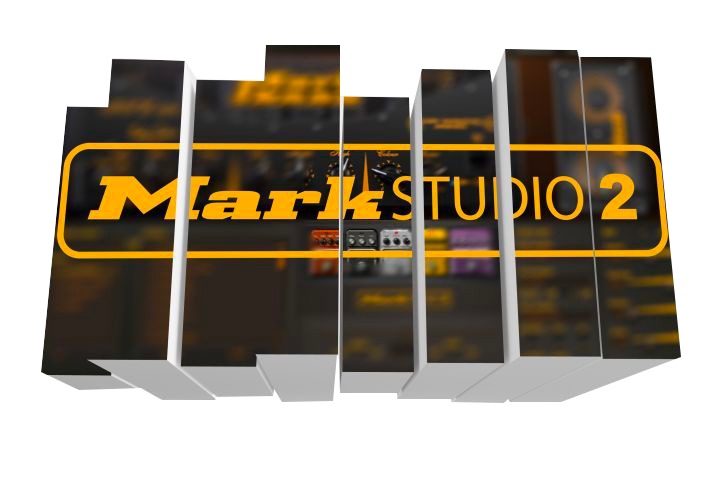
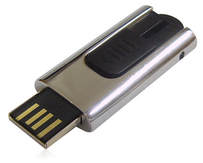


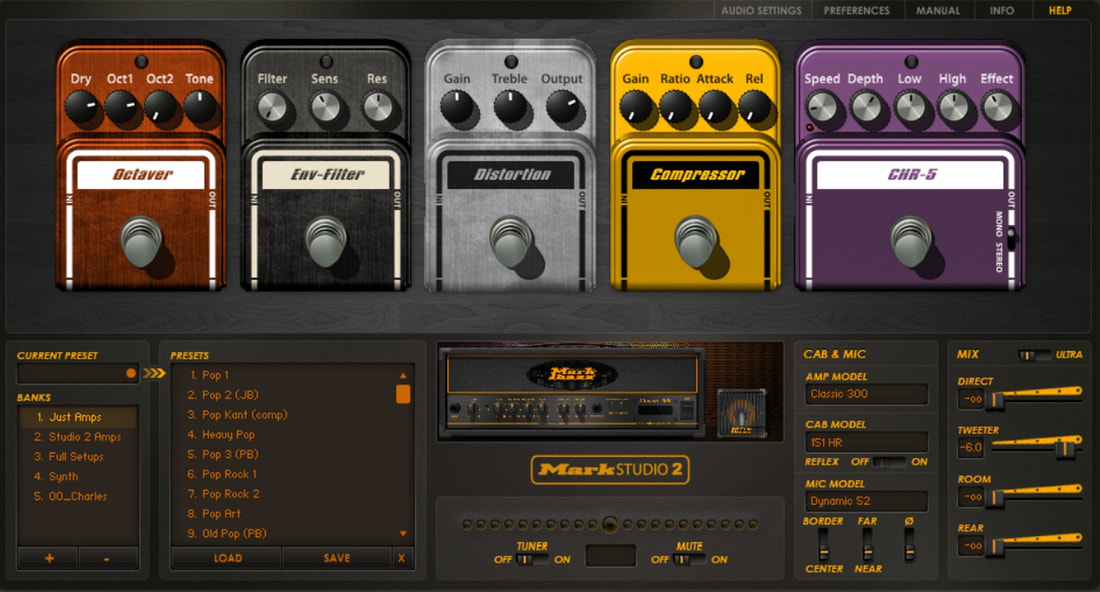
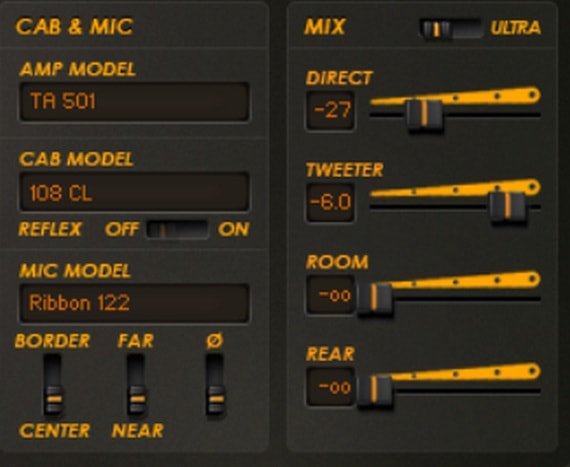

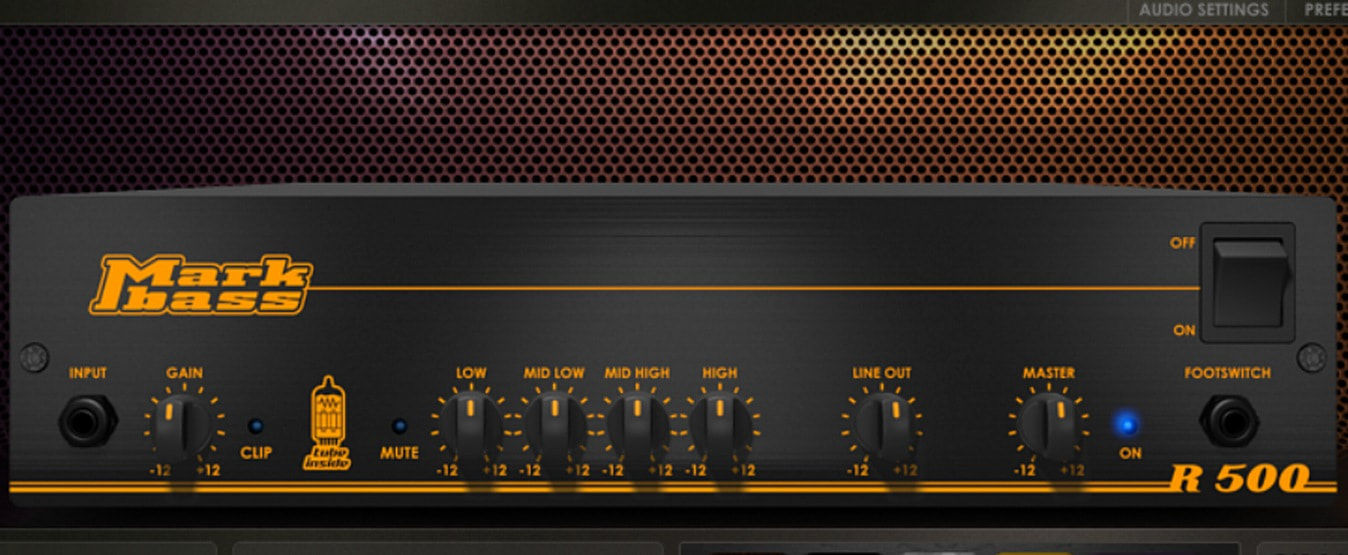
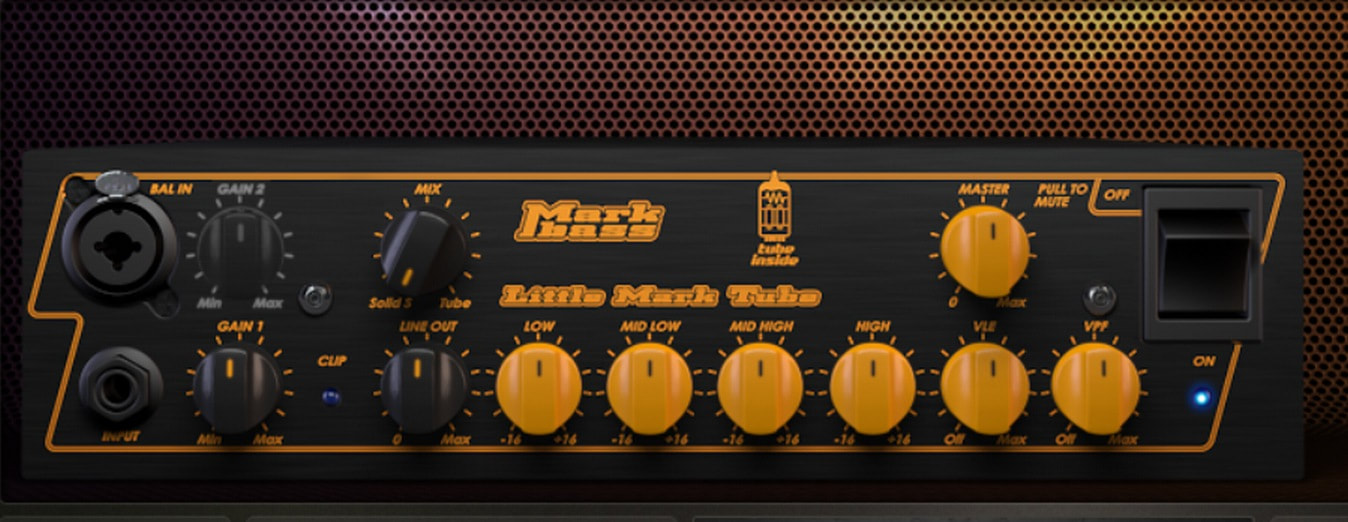

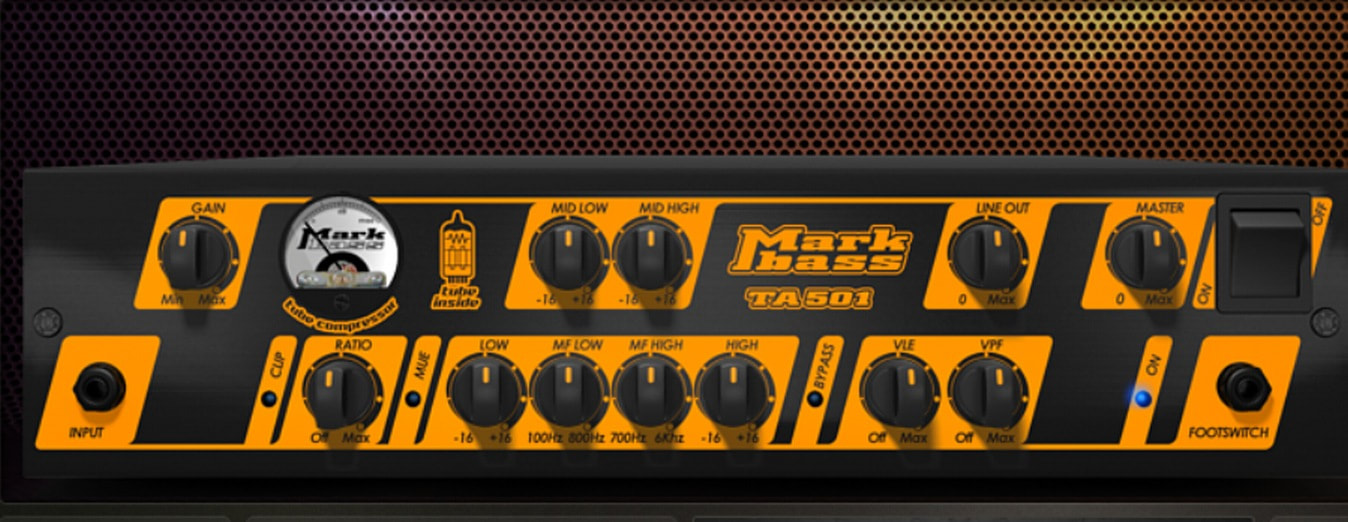
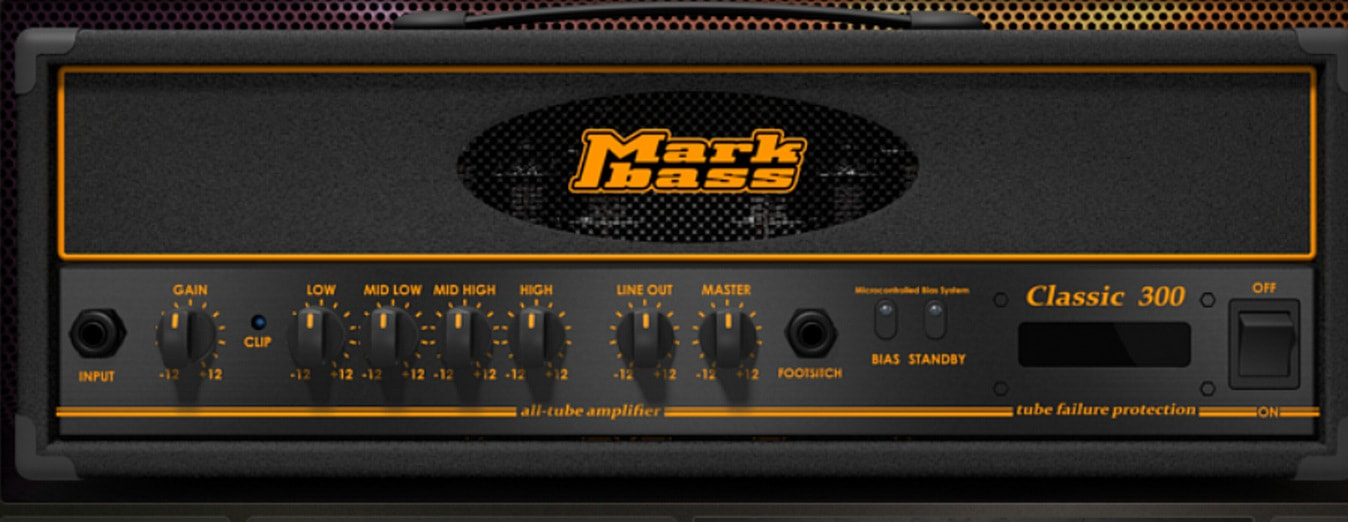
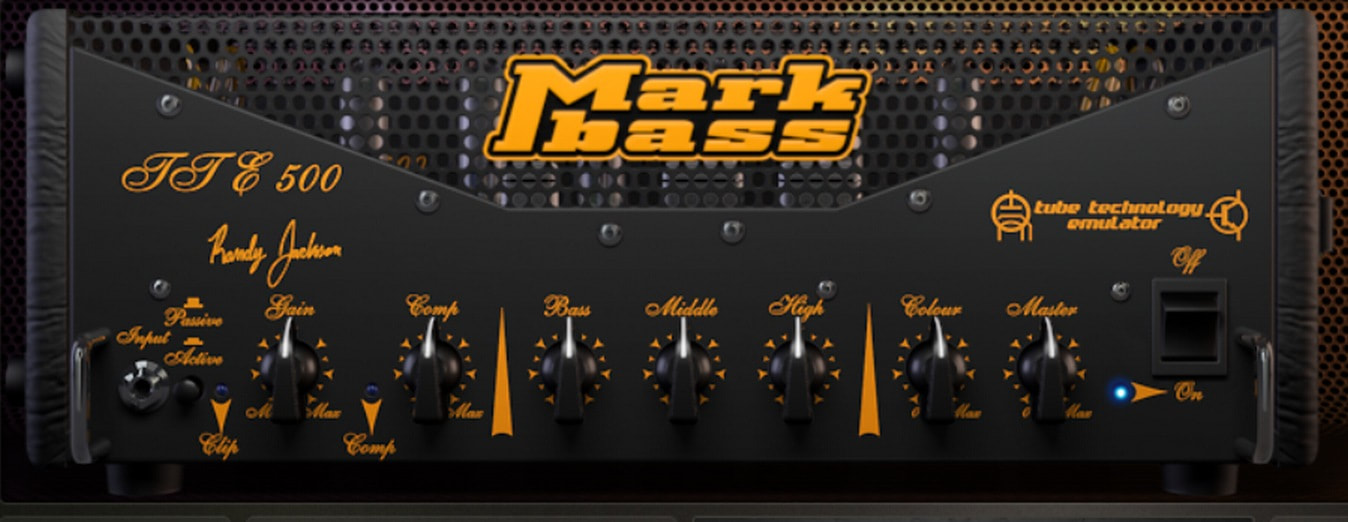

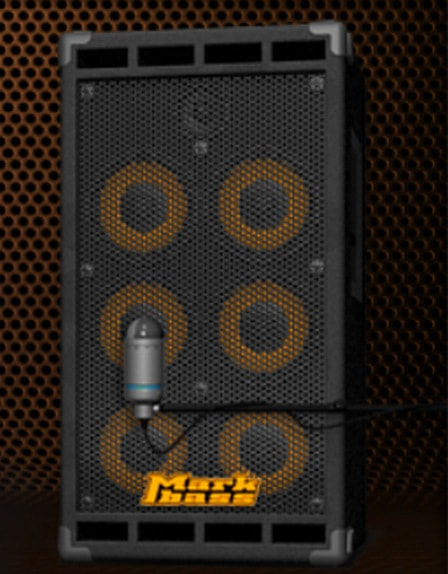
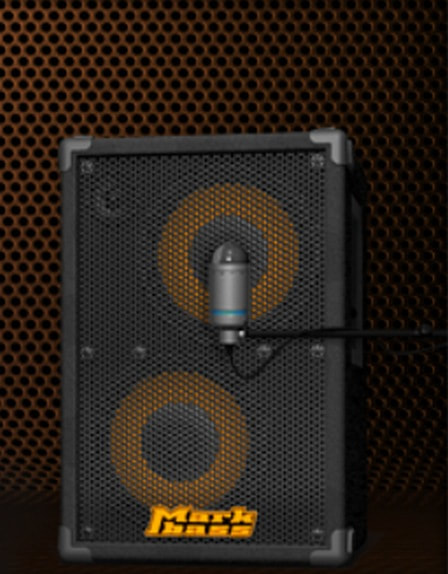

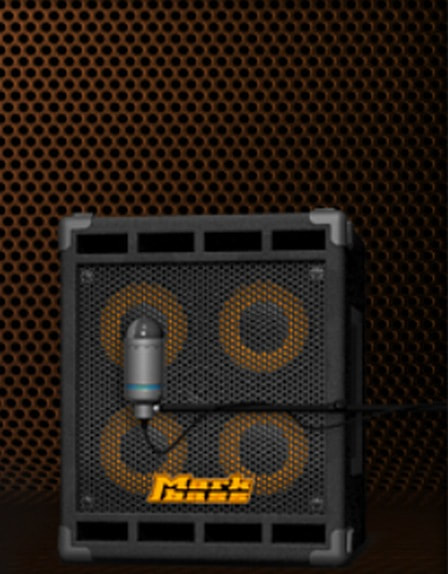
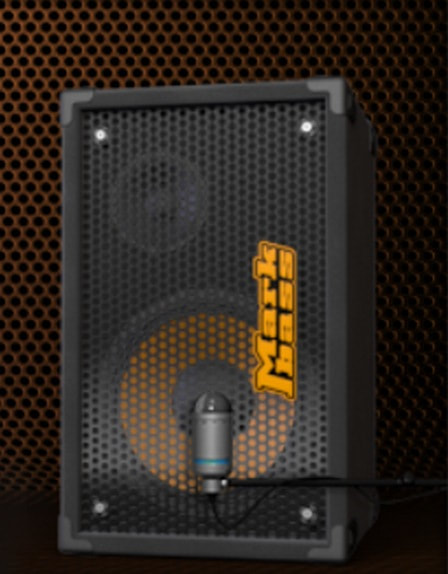
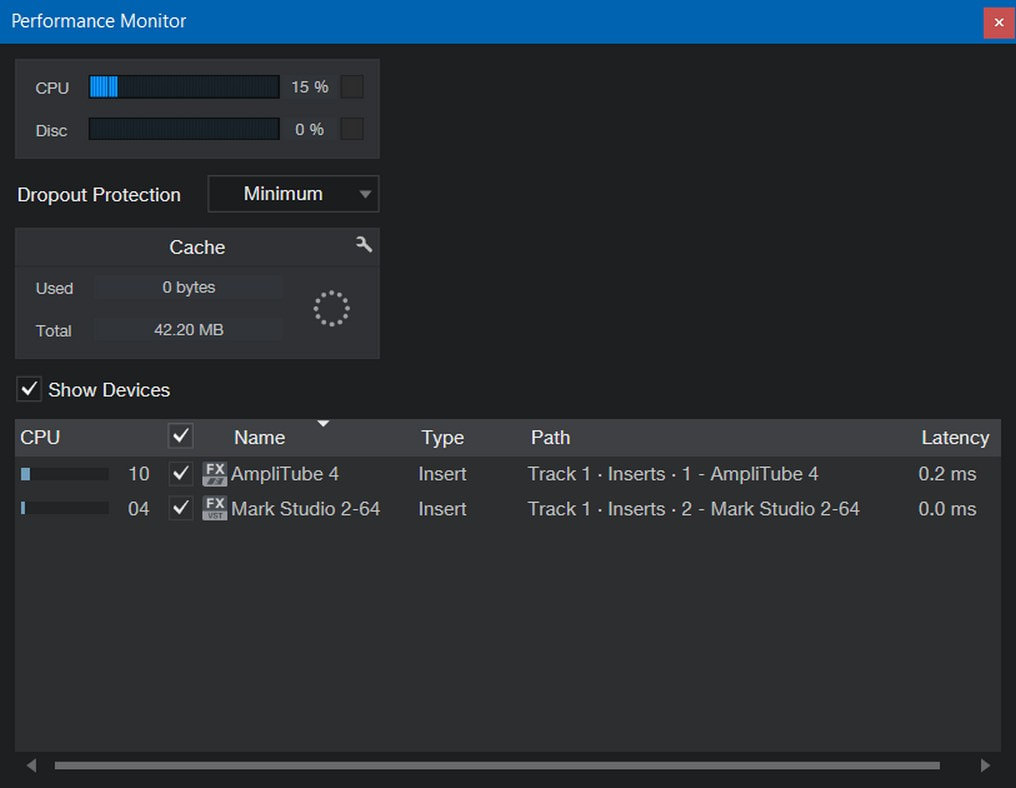






 15% OFF Summer Sale!
15% OFF Summer Sale!
 RSS Feed
RSS Feed

